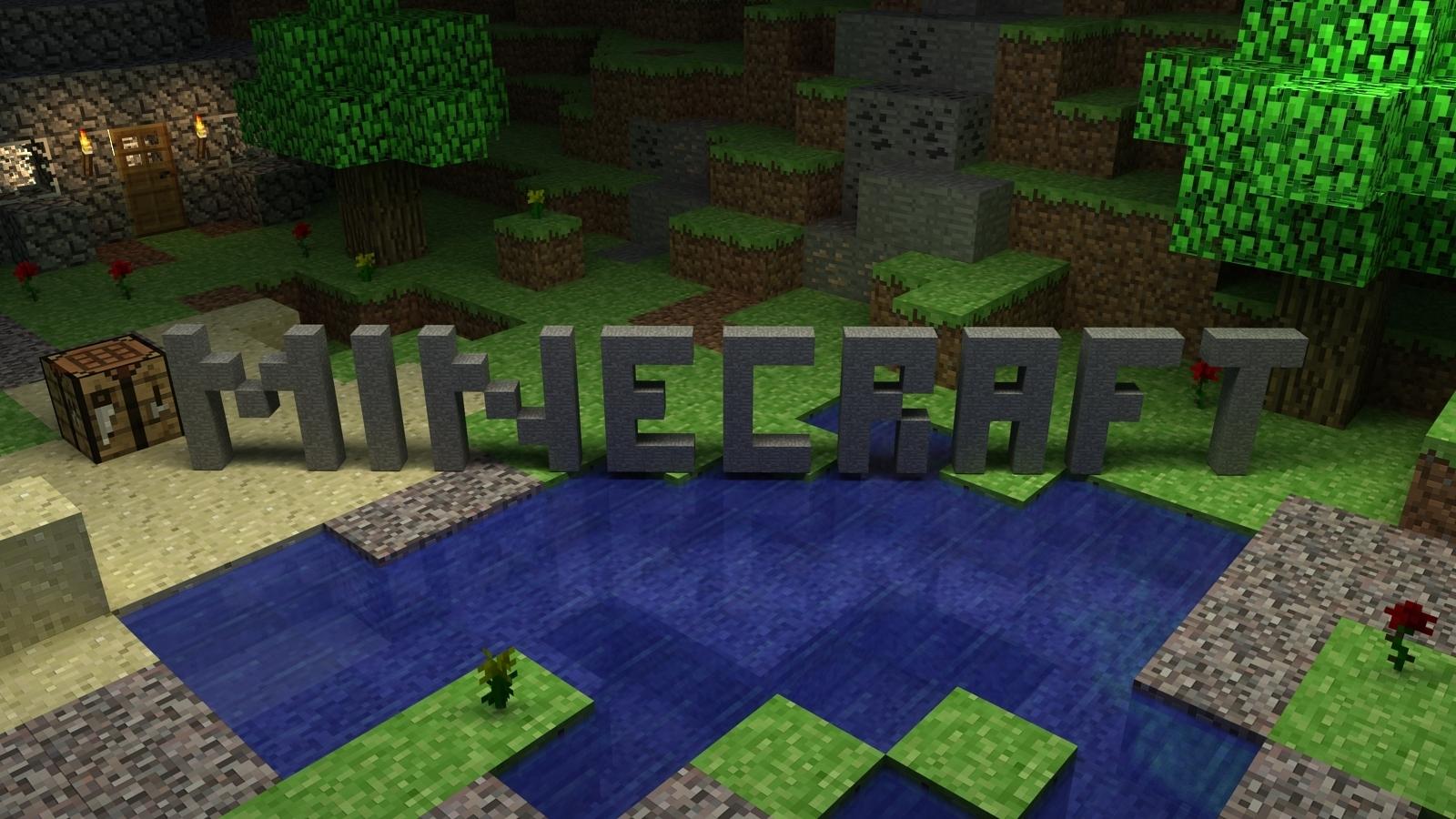Games are something that aren’t new in the classroom; teachers have always used word, matching, math, and quiz games as learning devices for children. For some reason, though, video games always have a negative association to learning.
But video games increase hand-eye coordination as well as critical thinking and decision-making skills, making learning fun and providing students with technological skills that can be beneficial for the rest of their lives. Last year, the American Psychological Association said that video games—even the violent ones that parents seem to be so against—boost children’s learning, health, and social skills.
Video games and their effects on children has been a hot topic of research throughout the last decade. In 2006, a Federation of American Scientists report found that students who participated in video-game related learning activities performed better on cognitive tasks by over 12 percent when compared to students who didn’t. The University of Tubingen in Germany found that video games help treat ADD and ADHD as medications like Ritalin and Adderall might because they increase not only a child’s attention span, but also their IQ.
Video games are slowly beginning to make their way into classrooms, with large gaming companies such as Steam offering a free educational version of their site available to teachers and students. While there are so many to choose from, there are five that stand out above the rest.
Big Brain Academy
Preschool through Elementary School

Big Brain Academy is available on both Nintendo Wii and Nintendo DS. The game tests players on five categories: identification, memorization, computation, analysis, and thinking. The abilities of the player are measured by skills such as pattern recognition, size and weight comparison, and counting.
Big Brain Academy turns learning into a game, telling the player what their brain’s weight is at the end depending on how well they do. While some teachers are slightly against the game because at the end it identifies a winner and loser, the competitive aspect actually fuels children to do better. The game offers a visible sign of improvement as it is played again and again as the player’s brain “gets heavier.”
Wii Sports
Elementary School

Wii Sports teaches children that exercise is fun. Instead of going to P.E. and dodging a ball (which is important for reasons of its own), children play a variety of games that have them standing and motioning as if they were actually playing the game—classic Wii Sports featuring bowling, golf, tennis, baseball, and boxing.
Wii Sports doesn’t stop there, though; it can also be used to help children with their mathematical skills like data recording and charting—how many pins each student knocked down in comparison to their classmates and estimation at what each final score will be.
Minecraft
Middle School

Minecraft allows children to be creative, turning their imagination into reality brick by brick. Players of the game have been known to create everything from a simple house to a convincing Minas Tirith from The Lord of the Rings.
Minecraft has been known to help students build playable versions of real objects. Like life, there is no tutorial explaining what to do and how to influence the world. The game has also dappled in physics, like Google’s mod that incorporated quantum physics into the game. Minecraft is a game that offers a fun and creative way for a student to understand the world around them.
Portal
Middle – High School
Portal and Portal 2 are non-violent games that challenge players to solve puzzles in a three-dimensional world, with a focus on spatial reasoning, critical thinking, and problem solving. However, the games are really great as a way to understand physics, such as conservation of momentum, terminal velocity, and gravity.
Valve is so supportive of the teaching opportunities offered within the game that it has created a website devoted entirely to it. The website features lesson plans for multiple subjects: physics, math, game design, and language arts, with chemistry soon to come; some examples include “Portal ‘Bouncing’ and Oscillations” and “Building an Oscillator.”
Halo/ Call of Duty
High School

Despite its critics—including President Obama who urged the entertainment industry to cut the amount of violence children see in video games—there is extensive research that shows the benefits of FPS games. The association of violent video games and violence in life is simplistic at best. Some of the most popular games are violent shooters—Call of Duty alone selling over 150 million copies worldwide, but there are not 150 million cases of extreme violence like those found in the games.
It is the competitive aspect that causes more violence. The Netherlands-based Radboud University Nijmegan found that children who play first-person-shooter video games develop faster and more accurate attention allocation, better visual processing, enhanced mental abilities, and spatial skills comparable to the effects of college-level courses—arguably helping children become progressive intellectuals. These skills are best for Science, Technology, Engineering, and Math (STEM) fields and should be used to help students understand extremely complex situations.
Although video games in classrooms will always have its critics—some arguing that students would find it difficult to draw the line between the fun of the game and the intellectual aspect of the lesson— it can be extremely beneficial to students and should not be overlooked.
If you’re a teacher who would like to integrate video games into your classroom check out the George Lucas Educational Foundation’s Edutopia website. Or you can sign up for STEAM for SCHOOLS here.







Published: May 7, 2014 07:18 pm